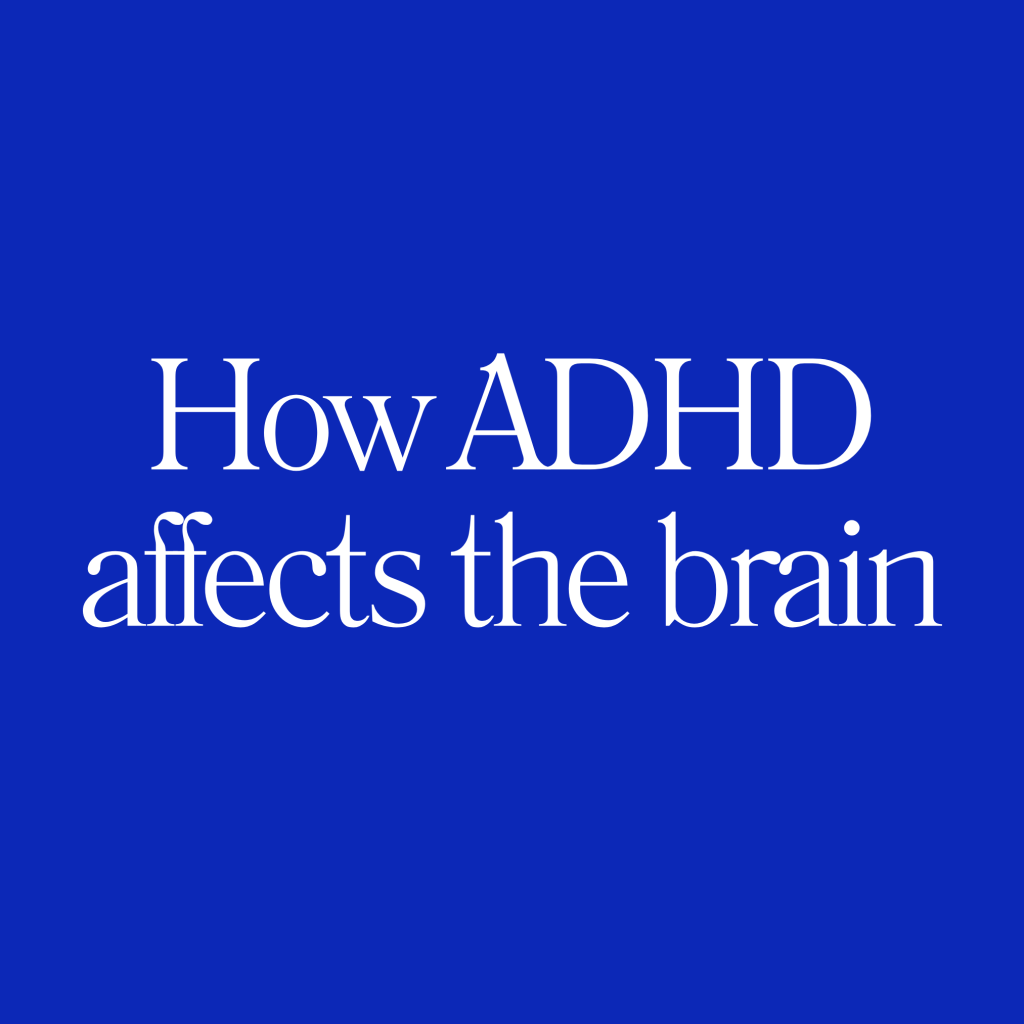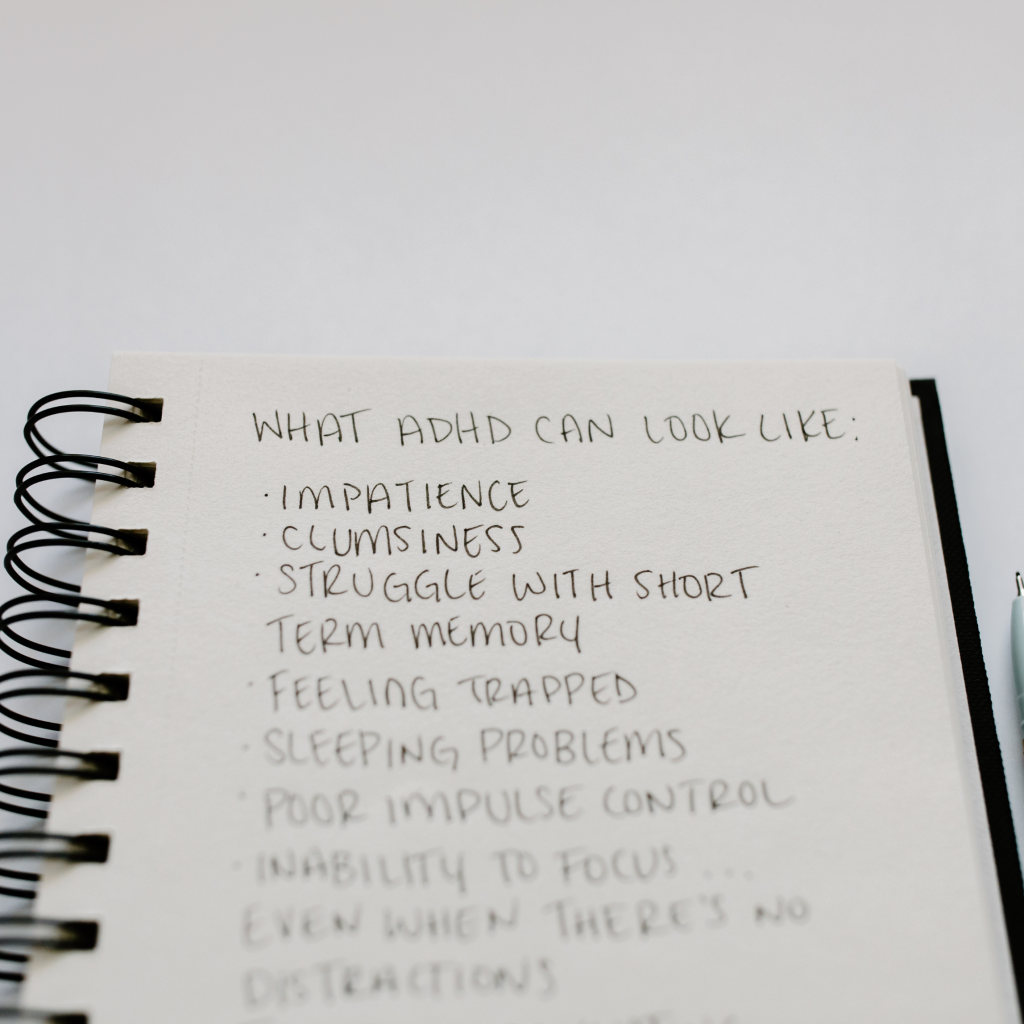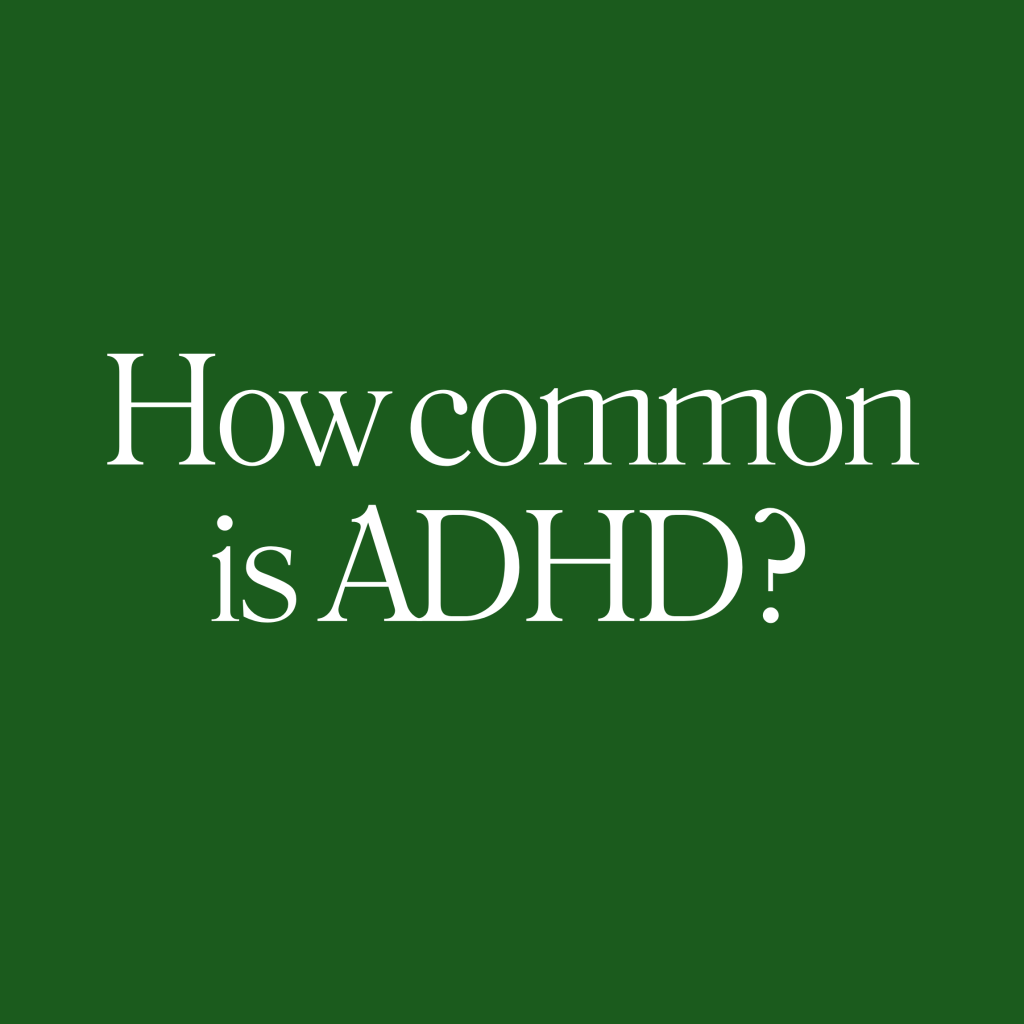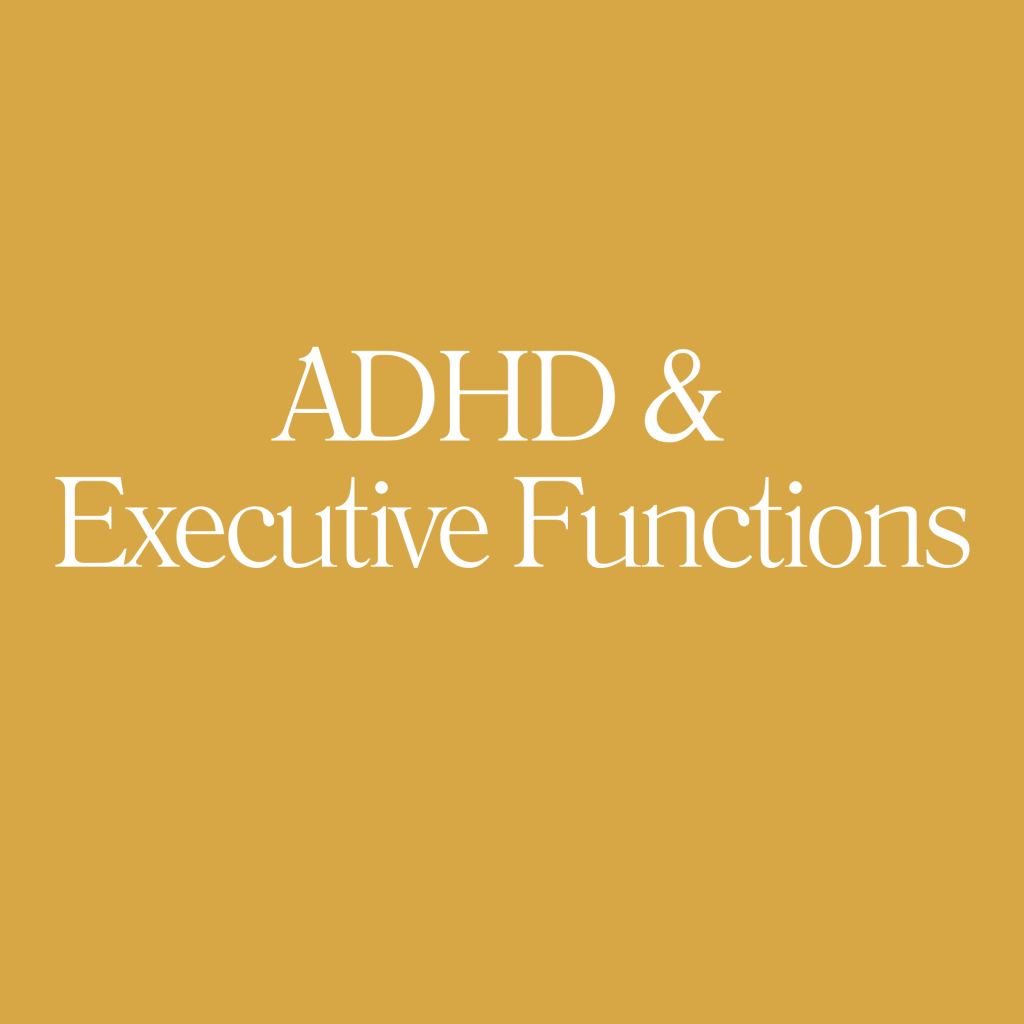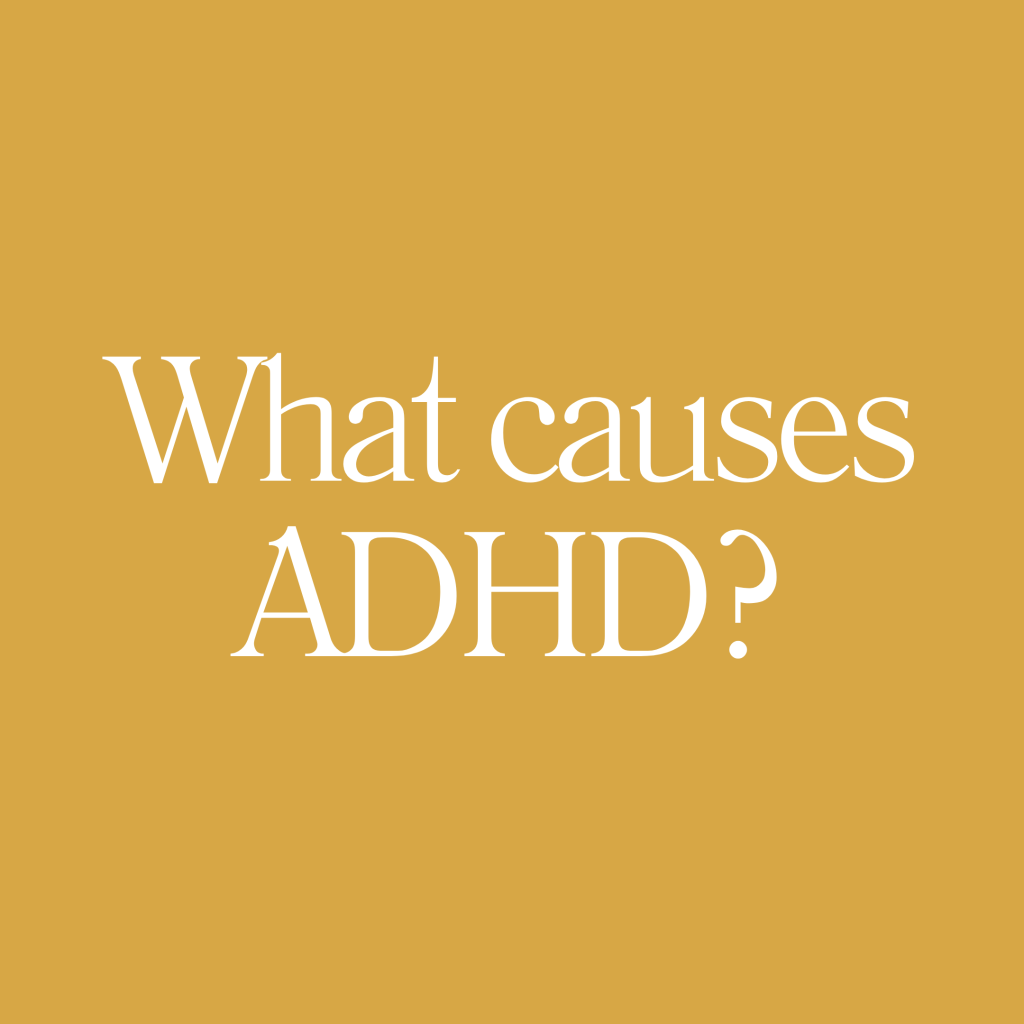Why Self-Acceptance Is Key to Thriving with Adult ADHD
If you are living with ADHD as an adult, you may have been wondering why you’re always late, emotionally intense, forgetting things, or working twice as hard just to stay afloat.
It seems there are two options: ‘fix yourself’ or ‘mask it better.’
But what if the real solution is self-acceptance?
Not resignation. Not giving up. Not using ADHD as an excuse. But radically acknowledging and embracing who you are, including how your brain is wired.
I want to explore why self-acceptance is a cornerstone of ADHD wellbeing, how it differs from complacency, including its power to heal, regulate, and liberate.
What Is Self-Acceptance?
Self-acceptance is the practice of recognising all parts of yourself — strengths, struggles, quirks, messiness without shame or chronic self-criticism.
It is not the same as:
- Settling
- Giving up
- Avoiding responsibility
- Saying ‘this is just who I am, deal with it’
Instead, self-acceptance says:
‘This is how my brain works. Now, how do I build a life that works with it, not against it?’
It’s about compassionate awareness and from that awareness, building realistic, sustainable scaffolding to thrive.
Why Is Self-Acceptance So Crucial for ADHD?
Most adults with ADHD have spent years even decades believing something is wrong with them.
By the time many people get diagnosed (often in their 30s, 40s or 50s), they’ve internalised messages like:
‘You’re lazy.’
‘You’re too sensitive.’
‘You just need to try harder.’
‘Why can’t you be more like [insert neurotypical sibling/friend]?’
This internalised stigma leads to what psychologists call rejection sensitivity dysphoria (RSD) and toxic shame both of which are hugely under-discussed but widely experienced in the ADHD community.
Self-stigma in adults with ADHD is linked to higher rates of depression and lower quality of life.
The Self-Stigma Cycle in ADHD Adults
Struggles with executive function →
Negative feedback (teachers, partners, workplace) →
Internalised shame and self-criticism →
Masking, burnout, or people-pleasing →
Failure to meet neurotypical standards →
More shame, isolation, and hopelessness
And round and round it goes.
Without self-acceptance, it’s nearly impossible to break this cycle. Because even when people do receive a diagnosis, they often turn that into another reason to feel broken.
The Science of Self-Acceptance: What the Research Says
1. Self-compassion lowers emotional reactivity
In a study conducted by a Psychology Department, self-compassion was found to significantly reduce cortisol levels, therefore possessing a better stress response profile.
2. Acceptance improves executive function
Oxford CBT discussed the role of CBT in managing ADHD and that CBT showed improved time management and emotional regulation.
3. Lower self-criticism = better mental health outcomes
Adults with ADHD are at higher risk for co-existing anxiety and depression. Self-acceptance has been linked to lower rates of comorbid mood disorders, particularly in women.
How Self-Acceptance Can Change the Game for ADHD Adults
1. It frees up cognitive energy
Trying to ‘act neurotypical’ also known as masking is mentally exhausting. Accepting your ADHD frees up bandwidth previously spent on apologising, hiding, or overcompensating.
Imagine using that energy to plan your week in a way that actually works for your brain.
2. It builds resilience
When you accept that your brain works differently, setbacks no longer feel like personal failures, it’s ust information. You can pivot, adjust, or troubleshoot without spiralling into shame.
3. It improves relationships
When you’re no longer performing a version of yourself to please others, you can start setting clearer boundaries and asking for support from a place of grounded self-respect.
This shift changes how partners, friends, and colleagues relate to you.
Barriers to Self-Acceptance in the UK ADHD Community
Even though self-acceptance is powerful, it doesn’t always come easily. Especially not in the British context, where the cultural pressure to “keep calm and carry on” can make emotional honesty feel… awkward.
Common barriers include:
- Medical gaslighting (especially for women and ethnic minorities)
- Long NHS diagnostic wait times
- Lack of post-diagnostic support
- Rigid work environments
- Generational shame around mental health
But naming these barriers is part of the process. Once we see the systemic issues, we stop blaming ourselves for not trying harder.
6 Ways to Practise Self-Acceptance Daily
1. Catch the critic
When you notice negative self-talk (I’m so useless), pause. Ask: Would I say this to a friend?
2. Celebrate micro-wins
Got out of bed and made tea? Win. Answered one email? Win. Created a to-do list? MASSIVE win.
3. Reframe failures as feedback
Missed a deadline? Instead of spiralling, ask: What was missing from my system that I can tweak next time?
4. Curate your input
Follow ADHD voices who inspire and educate
(ADHD Babes, ADHD Adults UK, and The ADHD Foundation are brilliant UK-based starting points.)
5. Use affirmations
It might feel cheesy at first, but try:
My brain works differently, and that’s okay.’
I’m doing my best with what I’ve got and that’s enough.’
6. Seek out support that honours your wiring
Whether it’s ADHD coaching, therapy, or community groups, surround yourself with people who get it.
Final Thoughts
Self-acceptance is not a luxury for ADHD adults. It is a lifeline.
It is from here, productivity, emotional regulation, work success, parenting, relationships becomes easier to build because you’ve finally stopped fighting yourself.
It gives you permission to start living your life in a way that feels sustainable, supportive, and even joyful. And it makes space for your brilliance not just your survival.
If you’ve spent years at war with yourself, you deserve peace. You deserve to feel whole. And it starts by saying:
‘This is me and I have worth, exactly as I am.’
